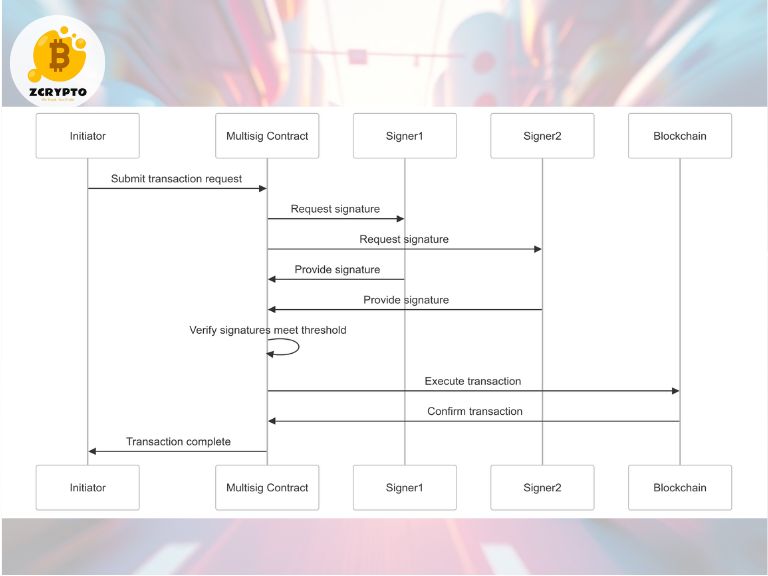Who Is an Annuitant?
An annuitant is the individual who receives regular payments from an annuity or pension plan. This person can be the contract holder themselves or another designated individual, such as a surviving spouse. The life expectancy of the annuitant significantly influences the amount of each payment; insurers use actuarial tables to determine how long they expect the annuitant to live and thus how many payments will be made [1][2].
For example, if an annuity is structured to pay out over the life of the annuitant, a younger person would typically receive smaller monthly payments compared to an older person because the insurer anticipates making fewer total payments.
- Ultimate Guide to the 1040A Form: Eligibility, Income Limits, and Tax Credits
- What is MVB Most Valuable Builder? A Comprehensive Guide to Binance’s Blockchain Innovation Program
- Understanding the 10-Year Treasury Note: A Key Benchmark for Investors and the Economy
- Understanding the Alternative Depreciation System (ADS): How It Impacts Your Business Taxes and Financial Planning
- Unlocking Active Management: Strategies, Benefits, and Risks in Investment Portfolio Management
Types of Annuitants
There are several scenarios where an annuitant can be involved:
– Individual Annuitant: This is the most common scenario where one person receives all the payments.
– Joint Annuitants: Often used by married couples, this structure ensures that both spouses continue to receive income even if one spouse passes away. Joint annuitants are particularly beneficial for ensuring that both partners have a steady income stream throughout their lives [4].
Understanding these different types helps in tailoring the annuity contract to meet specific financial needs and goals.
The Annuitant vs. The Annuity Owner
While often confused with each other, the annuitant and the annuity owner have distinct roles and responsibilities:
– The annuity owner is typically responsible for purchasing the annuity and has control over it. They can change beneficiaries, make withdrawals, or surrender the contract.
– The annuitant, on the other hand, is solely entitled to receive payments from the annuity. Their life expectancy determines how much each payment will be [2][3].
This distinction is crucial because it outlines who has control over the contract and who benefits from it.
How Annuity Payments Are Calculated
The calculation of annuity payments involves several factors, primarily focusing on the age, sex, and life expectancy of the annuitant. For instance:
– If two people are joint annuitants (e.g., a married couple), their combined life expectancies will influence how much each payment will be. Generally, joint annuities result in lower monthly payments compared to individual annuities because they cover two lives [2][4].
Insurers use complex actuarial tables to ensure that they can sustainably make these payments over time.
Taxation of Annuity Payments
Annuity payments are subject to taxation but in a way that distinguishes between different components:
– The portion that represents a return of principal (the contract holder’s basis) is not taxable.
– The gain portion (interest earned) is taxable as ordinary income [1][3].
Understanding these tax implications helps in planning how annuities fit into overall retirement income strategies.
Beneficiaries and Death Benefits
Beneficiaries differ from annuitants in that they receive death benefits if the annuitant passes away before receiving all scheduled payments. There are various types of death benefits:
– Lump-sum death benefit: A one-time payment to beneficiaries.
– Guaranteed period death benefit: Payments continue for a specified period even if the annuitant dies.
– Joint and survivor death benefit: Payments continue for a surviving spouse or other designated beneficiary [1][2][3].
These benefits provide additional security for loved ones beyond just the primary income stream.
Joint and Survivor Annuities
Joint and survivor annuities are designed specifically for couples who want to ensure continued income for both spouses regardless of who passes away first. Here’s how it works:
– Payments are made as long as at least one spouse is alive.
– Upon the death of one spouse, payments may reduce but continue for the surviving spouse.
– This type of annuity offers peace of mind knowing that both partners will have financial support throughout their lives [4].
However, it’s important to weigh this against potentially lower monthly payments due to covering two lives.
Additional Considerations
If you’re considering an annuity as part of your retirement plan, it’s also important to be aware of some additional considerations:
– Annuity contracts can be complex; consulting a financial professional can help navigate these complexities.
– There may be fees associated with certain types of annuities or actions like withdrawals or surrendering the contract [3].
Taking these factors into account will help you make a well-rounded decision that aligns with your long-term financial goals.
Source: https://summacumlaude.site
Category: Blog







